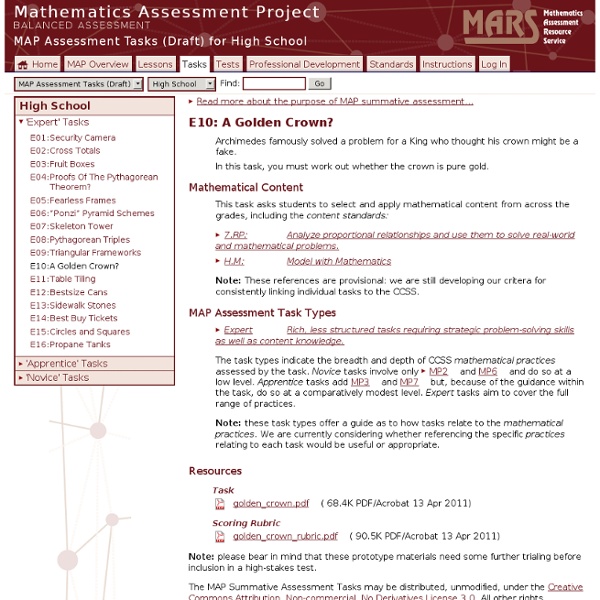



illustrative mathematics Illustrated Standards Count to 100 by ones and by tens. (see illustrations) Count forward beginning from a given number within the known sequence (instead of having to begin at 1). Write numbers from 0 to 20. Understand the relationship between numbers and quantities; connect counting to cardinality. When counting objects, say the number names in the standard order, pairing each object with one and only one number name and each number name with one and only one object. Understand that the last number name said tells the number of objects counted. Understand that each successive number name refers to a quantity that is one larger. Count to answer “how many?” Identify whether the number of objects in one group is greater than, less than, or equal to the number of objects in another group, e.g., by using matching and counting strategies. Compare two numbers between 1 and 10 presented as written numerals. Fluently add and subtract within 5. Compose simple shapes to form larger shapes.
dy/dan Space Math @ NASA ! Welcome to the Mathematics Assessment Project News New – TRU Math: Teaching for Robust Understanding of Mathematics is a suite of tools for professional develompent and research - the alpha versions of these documents are available here… More International Awards for Team: Hugh Burkhardt and Malcolm Swan, leaders of the Shell Centre team, have been chosen by the International Commission on Mathematical instruction (ICMI) as the first recipients of the Emma Castelnuovo Medal for Excellence in the Practice of Mathematics Education. This complements the award by ICMI to Alan Schoenfeld of the 2011 Felix Klein Medal for Lifetime Achievement in research. Read more… The project is working to design and develop well-engineered assessment tools to support US schools in implementing the Common Core State Standards for Mathematics. Products Tools for formative and summative assessment that make knowledge and reasoning visible, and help teachers to guide students in how to improve, and monitor their progress. The Team What's on this site?
Yummy Math MARS/Shell Centre Websites Note - this page is no longer being maintained, and has been superseded by the Shell Centre Publications website (www.mathshell.com). < Back to Shell Centre home page Assessing Problem Solving: Characteristics Of Student Performance On Paper-Based And Computer-Based Tasks Malcolm Swan, Alan Bell Given the wide-ranging set of tasks described in the paper Domain Frameworks in Mathematics and Problem solving, it is of interest to identify what general student competencies are evoked by these tasks. This paper describes some characteristics of student performance on the Problem-solving element of the World Class Tests of Mathematics and ‘Problem Solving in Mathematics, Science and Technology. Download PDF (140K) Assessment Tools for Implementing the Standards Hugh Burkhardt, 2010 Download Powerpoint (44MB) Computers in Mathematics Assessment Daniel Pead (2007,2010) Summary paper (2007) - PDF (840K) D. Domain Frameworks in Mathematics and Problem Solving Alan Bell, Hugh Burkhardt Download PDF (140K)
East Allen County Schools MARS/Shell Centre Websites